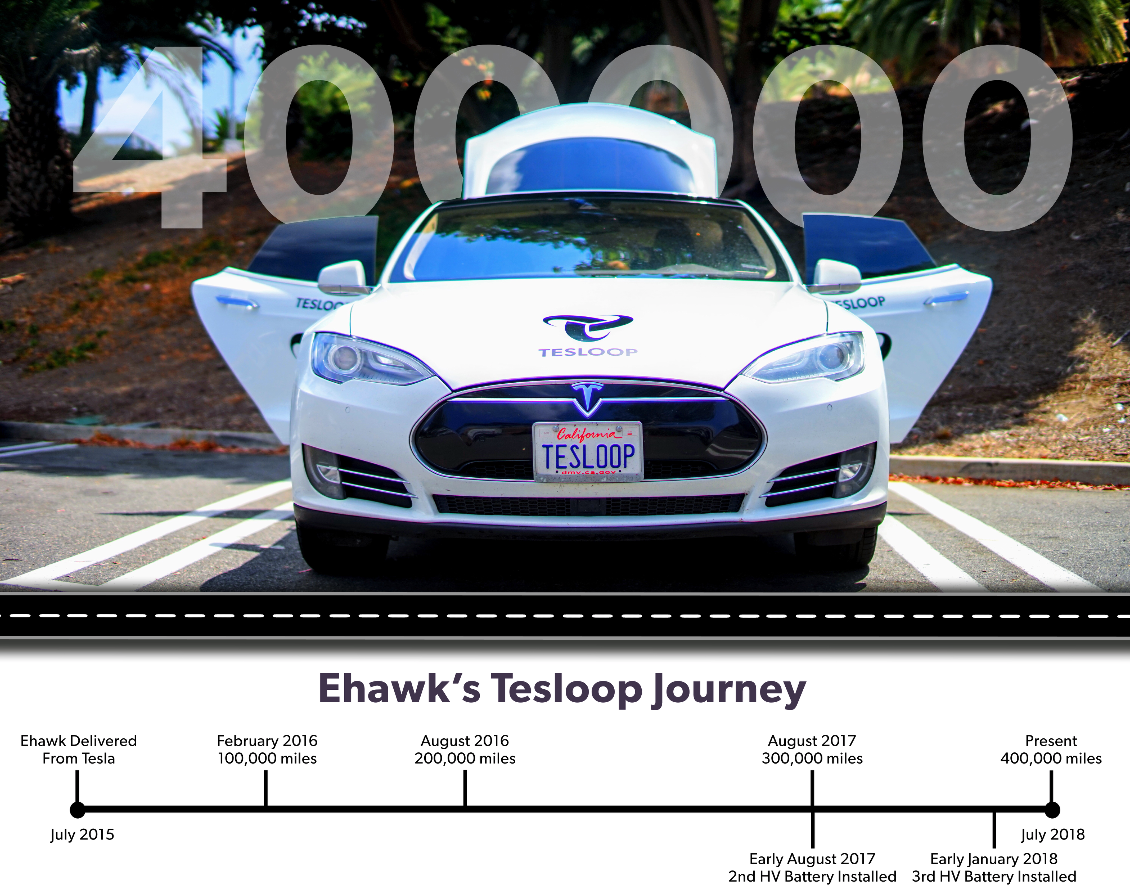a smaller car uses less electricity per km
This is true, but it is mostly because the smaller car has a smaller frontal cross-sectional area, hence less drag. For city cars, of course, this doesn't really matter much so little advantage to micro cars.
disclaimer: I'm probably unfairly biased here. I'm a tall guy so, of course, I hate micro cars because they are so bad for my skeletal health and well being. This has driven my passion for EVs so where I don't have to suffer to use less energy.
a smaller battery would be less weight and so help with the
less electricity per mile
With an electric car, less weight doesn't make as much difference as it does with ICE. Regenerative braking recovers more energy in a heavier car, offsetting the greater weight a bit (the recovery efficiency could be improved). Keep in mind also that smaller batteries can't accept as much power as larger ones, thus there is actually efficiency advantage to larger batteries. I'm not sure exactly how the tradeoff between added mass and increased regenerative efficiency of larger batteries sorts itself out though.
However, the need for an ICE vehicle to have a large, less efficient motor in order to have tolerable acceleration doesn't happen with an EV. The heavier the car, the larger the ICE must be. This forms a vicious cycle. On the other hand, however: A larger electric motor is somewhat more efficient, even at slow speeds and definitely during acceleration, than a smaller one.
Remember the original formula that enabled Tesla:
The expected cycle life for a cheap 18650 laptop computer battery was 500 full cycles.
The goal was a car with a battery that would last for 100,000 miles (sort of a benchmark expectation)
100,000 miles/500 cycles = 200 miles/cycle (ie 200 miles per charge)
This required that any car (econobox, truck, supercar, etc.) using these batteries must have 200 mile range in order to be viable.
Luckily, however, with enough batteries for 200 miles per charge, that battery could produce a lot of torque. This allowed it to be competitive against supercars that could be sold for a lot of money - enough to overcome the financial barriers to entry required get a company started. That (in addition to a passion for quick cars among Tesla's founders) drove Tesla's genesis.
How happy will people be when their micro car battery only gets 500 cycles X 50 miles/cycle = 25,000 miles before it needs a new battery or the original battery degrades to only allow 30 miles on a charge?
Luckily, batteries have gotten better through new designs and good thermal management, however, this fundamental relationship still exists even if the formula has gotten more favorable.
There will always be a market for a cheaper car.
This is definitely true. Too bad it so-often comes because those who make the car earn less than those who buy them. Hopefully, Tesla's obsession with efficiency and cost cutting will, eventually, enable them to make cheap cars without doing it at the expense of desperate, poorly compensated people in far-away lands.




